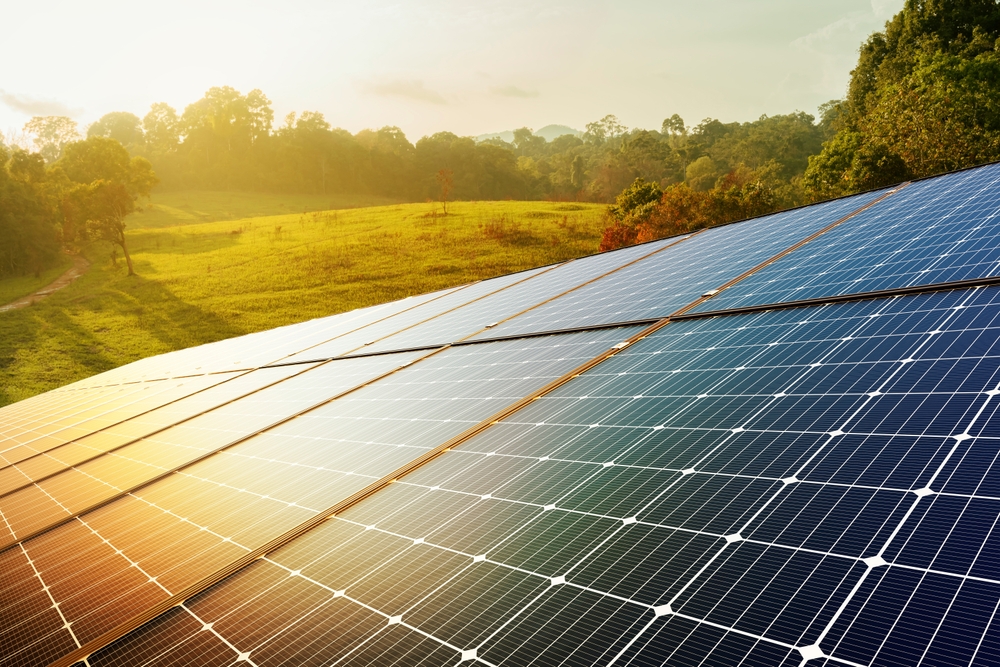You plug in your EV, glance at the solar panels gleaming on your roof, and sip your ethically-sourced coffee like a card-carrying member of the climate-conscious future. It feels new. Fresh. Revolutionary, even. But here’s the plot twist: most of this so-called green tech is older than your grandmother’s cast iron pan.
Long before “net zero” became a buzzword, humans were already figuring out how to work with the planet rather than against it. Ancient engineers used wind to grind grain, sunlight to heat water, and river currents to turn wheels, all without a whiff of diesel. Their tools were simple, sure. But the thinking? Incredibly advanced for people who didn’t have Google or grid access.
Today, as the climate crisis pushes us toward cleaner energy sources, it’s worth remembering that the past has a lot to teach us about innovation, resilience, and the art of doing more with less. Renewable energy isn’t just the future, it’s also a return.
Ancient Ingenuity: Wind, Water, and the Original Off-Grid Gurus
Wind Power in Ancient Persia
Long before wind farms dotted the plains of Texas or turbines soared above the North Sea, Persian inventors were harnessing the breeze with quiet brilliance.
Somewhere around 500 to 900 AD, engineers in what’s now Iran built the world’s first documented windmills. These were vertical-axis beauties made of bundled reeds or wood slats, turning in the desert wind like slow-motion ceiling fans. Their job was to grind grain and pump water. No fossil fuels. No noise. Just wind, structure, and some serious mechanical wisdom.
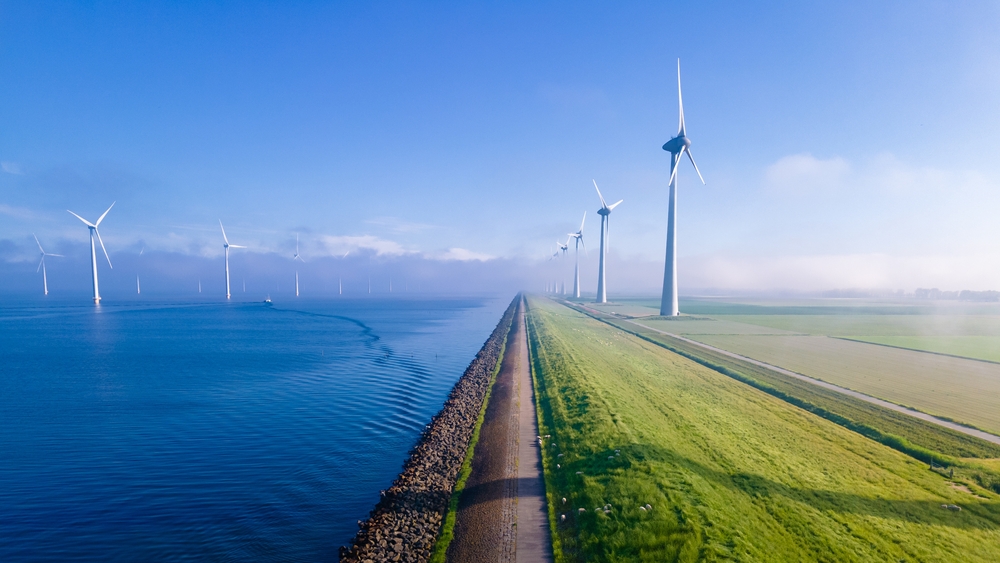
Unlike today’s high-tech turbines chasing megawatts, these early models were all about low-speed utility. But they worked. And they worked well enough to spread across the Islamic world and into Asia, laying the groundwork for centuries of wind innovation.
Greek and Roman Waterwheels
Meanwhile, over in the Mediterranean, the Greeks and Romans were dabbling in their own flavor of renewable genius: waterwheels. These were used to grind wheat, saw wood, and even power early industrial mills. The Romans took things a step further with their sprawling aqueduct systems – hydraulic engineering feats so efficient that some are still standing today.
What the Ancients Got Right
What’s striking isn’t just the ingenuity, it’s the mindset. These ancient systems weren’t “eco-friendly” in the modern sense. They were practical, local, and resource-savvy by necessity. Nobody was trying to lower their carbon footprint; they were just using what was available. And in doing so, they gave us a blueprint that still makes sense – especially now that the stakes are much, much higher.
Enlightened Experiments: Solar Dreams and Steam Beams
When the Sun Became a Science Project
By the 1800s, the Industrial Revolution was in full, soot-stained swing. Steam engines roared, coal was king, and cities were smudged with progress. But amid the smoke and steel, a few curious minds looked to the skies to understand the relationship between sunlight and electricity. One key discovery was the photovoltaic effect (basically, that when light hits certain materials, it generates an electrical current) by Becquerel, and the finding by Smith that one such material was selenium, paving the way for the creation of the first solar cells by Fritts. Yes, more than 140 years ago, people were already cooking up solar tech that could replace fossil fuels.
So Why Didn’t Solar Take Off?
Because coal was cheap. Like, ridiculously cheap. Suddenly, the sun-powered future didn’t look quite so urgent. And that’s the pattern throughout this era: great ideas often lost to economics and convenience. Solar tech was fascinating, but seen as a backup plan, rather than serious infrastructure.
Timeline of Game-Changing Renewable Energy Inventions
| Year | Invention or Milestone | Energy Type | Inventor / Innovator | Historical Significance |
|---|---|---|---|---|
| 1860s | First Solar Engine (hot-air type) | Solar Energy | Augustin Mouchot | Used solar concentrators to power steam engines |
| 1888 | First Wind Turbine for Electricity | Wind Power | Charles F. Brush | Built in Cleveland, became a model for future wind systems |
| 1904 | First Geothermal Power Plant | Geothermal | Prince Piero Ginori Conti | Successfully lit light bulbs using volcanic steam in Italy |
| 1921 | Nobel Prize for Hydroelectricity | Hydropower | Albert Einstein (photoelectric effect) | Led to innovations in energy conversion and hydro applications |
| 1954 | First Practical Solar Cell | Solar Energy | Bell Labs (Chapin, Fuller, Pearson) | Achieved 6% efficiency; kickstarted modern photovoltaics |
| 1970s | Solar Thermal Towers Experimented | Solar Thermal | Various (U.S. and Europe) | Oil crisis spurred investment in concentrated solar systems |
| 1980 | World’s Largest Wind Farm (CA) | Wind Power | Multiple innovators | Proved wind farms could scale for public electricity use |
| 1991 | First Offshore Wind Farm (Denmark) | Wind Power | Vindeby Offshore Wind Farm | Pioneered the offshore wind industry |
| 2000s | Biofuel Advances for Vehicles | Bioenergy | Various (corn/ethanol researchers) | Biofuels entered mainstream debate for transportation energy |
| 2010s | Battery Storage Integration | Multi-source (Solar/Wind) | Tesla, Sonnen, etc. | Enabled more stable renewable energy use in grids and homes |
Other Bright Ideas of the 19th Century
The sun-worshippers who developed those early solar cells weren’t alone. Inventors across Europe and the U.S. tinkered with solar water heaters, passive thermal designs and even early solar cookers. In sunny California, a man named Frank Shuman took a stab at large-scale solar steam engines to irrigate Egyptian cotton fields in the early 1900s. It worked, but again, coal was cheaper, and World War I had other plans for industrial priorities.
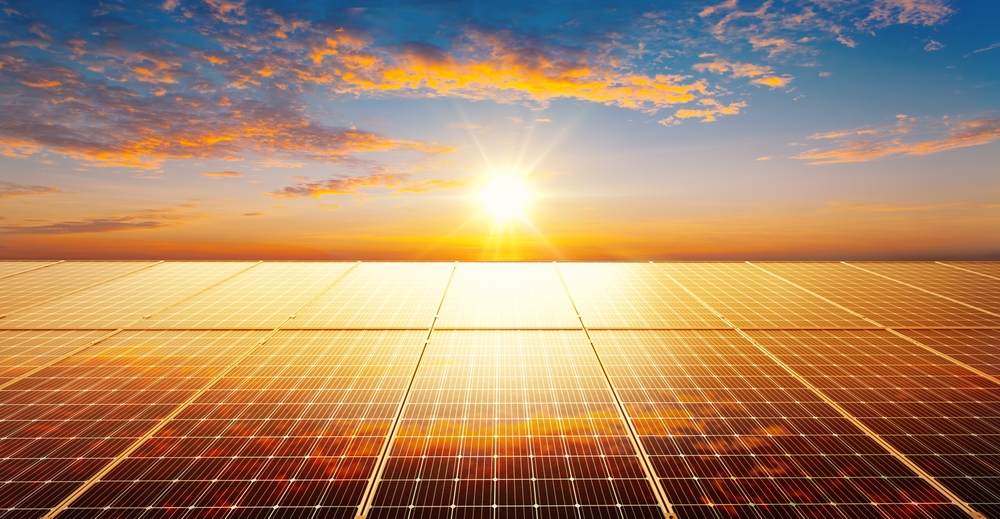
These weren’t fringe experiments, they were ambitious attempts at making solar power practical. But timing, as they say, is everything.
Lessons from the Pre-Electric Solar Age
Looking back, what’s remarkable isn’t just the ingenuity, it’s the foresight. These inventors understood the limitations of fossil fuels, and imagined a world powered by the sun, not out of idealism but because it made sense. And now, over a century later, many of their principles are baked into the solar panels quietly lining rooftops around the world. Sometimes the future just takes a long time to catch up.
The Hydroelectric Leap: Water Gets Wired
From Falling Water to Flowing Current
If ancient civilizations used water to turn wheels, the late 19th century figured out how to turn waterfalls into watts. In 1882, the world saw its first commercial hydroelectric plant flicker to life on the Fox river in Appleton, Wisconsin. It wasn’t exactly a powerhouse – just enough electricity to light a few buildings and a paper mill – but it marked a turning point. Water could now do more than push millstones, it could power the electric age.
Just three years later, a bigger stage awaited: Niagara Falls, the queen of natural spectacle-meets-industrial ambition. By 1895, engineers had tamed the falls into one of the most iconic hydroelectric plants in history. It was loud, huge, and a symbol of progress – water turning turbines, turbines turning dynamos, and dynamos lighting up Buffalo, New York.
The First Scalable Renewable
Hydropower became the first truly scalable renewable energy source. Unlike wind and solar, which remained small-scale and niche for decades, hydro was big, reliable, and perhaps most importantly, predictable. Rivers flow. Gravity does its thing. Engineers just had to catch the momentum.
By the early 20th century, governments around the world were investing in massive dam projects. The Hoover Dam, completed in 1936, wasn’t just an engineering marvel, it was a political flex. It symbolized jobs, control over nature, and clean(ish) energy long before climate change was on anyone’s radar.
Clean Energy, Complicated Legacy
Here’s where it gets murky. Hydropower was hailed as clean because it didn’t belch smoke or need coal trains to keep it running. But it came with a heavy environmental cost: rivers re-routed, ecosystems flooded, fish migrations blocked, Indigenous communities displaced.
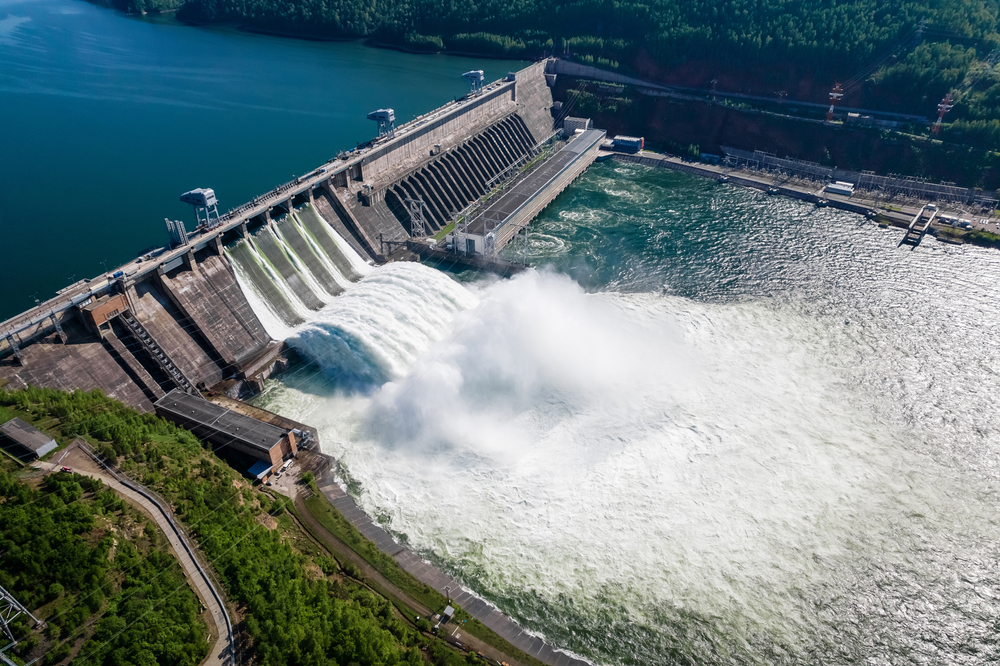
The dam-building boom of the 20th century was less about sustainability and more about control – of rivers, regions and resources. In many ways, it was renewable energy by way of industrial might. Big dams became symbols of national pride and modernity. The planet? That wasn’t a priority.
Why It Still Matters
Despite its mixed reputation, hydro remains a major player. Today, it provides over 60% of the world’s renewable electricity. And unlike solar and wind, it’s available 24/7 (…unless there’s a drought – thanks climate change).
Hydropower taught us that clean energy isn’t always simple. But it also proved that renewable sources could power entire cities, not just clever inventions or off-grid dreams.
Fossil Fuel Frenzy: When Cheap Oil Stole the Show
The Age of Easy Energy
In the 20th century, as solar steam and hydroelectric power were gaining momentum, a slick new player rolled onto the scene: oil.
And oil wasn’t just convenient. It was everywhere. Cheap, energy-dense, easy to transport, and ready to burn. Suddenly, instead of waiting for the sun to shine or rivers to flow, you could just light a match and power a city.
Coal, Oil, and the Seduction of Scale
It wasn’t just oil, either. Coal and gas were also becoming more and more popular. These fuels powered the industrial revolution, modern warfare, global shipping, automobiles, and eventually, millions of homes. Energy became something we expected to be instant and infinite.
Renewables, by comparison, looked fragile. Dependent on weather. Technologically immature. Plus, there were profits to be made (huge profits) from drilling, mining, and refining, Fossil fuels didn’t just power machines; they powered economies.
Renewables Get Pushed to the Fringe
Those early solar pioneers? Mostly forgotten. Windmills? Charming, but impractical. Hydropower? Still useful, but dwarfed by the fossil boom.
Governments invested in oil infrastructure. Corporations built empires. And the general public, understandably, got addicted to the speed and reliability of fossil-fueled life. Why tinker with solar cookers when you’ve got a gas stove and central heating?
It wasn’t that renewable energy failed, it was that fossil fuels won. For a while.
The Invisible Cost
Of course, this energy buffet came with a price tag – one we didn’t really notice until the air got smoggy, the ice caps started melting and climate scientists began waving increasingly panicked reports.
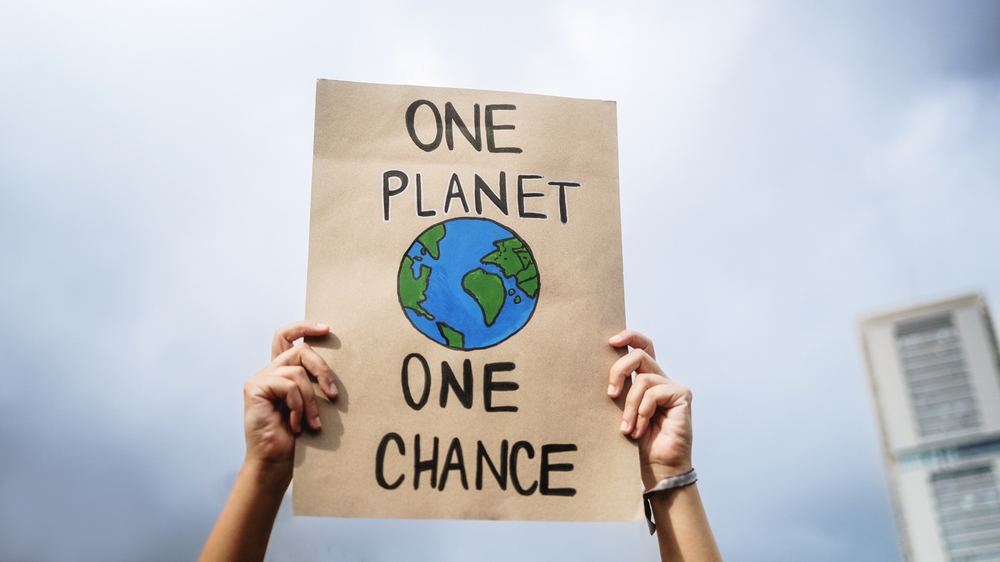
The fossil fuel era gave us unimaginable growth. But it also locked us into systems that now feel impossible to untangle. And ironically, the very abundance that made fossil fuels so appealing is now their Achilles’ heel: we can’t burn them forever.
The Pendulum Swings Back
So as we barrel through the 20th century, it’s clear why renewables lost their spotlight. But the story’s far from over. Because the next chapter sees the return of old ideas, this time backed by better tech and a sense that the “cheap” energy of the past may be the most expensive mistake we’ve ever made.
Back to the Future: The Renewable Revival
Old Ideas, New Tech
By the 1970s, a few things started to shift. Oil shocks rattled economies, pollution choked cities, and suddenly the future didn’t look quite so shiny. People started asking uncomfortable questions – like what happens when the oil runs out? – and those dusty solar blueprints were pulled off the shelf.
Photovoltaic (PV) cells, once a lab-bound curiosity, started appearing on rooftops, first in space-bound satellites, then in suburban backyards. Wind power got a second wind (sorry), with Denmark quietly becoming a global pioneer. Hydropower kept chugging along, but solar and wind were back in the race, and this time, they brought silicon and software with them.
From Fringe to Policy Priority
The big difference? Policy. Governments, especially after the Kyoto Protocol in the 1990s and the Paris Agreement in 2015 started setting actual targets to cut carbon emissions. That put renewable energy on political agendas, budget spreadsheets, and, eventually, consumer radars.
Suddenly, solar panels weren’t just for off-grid hippies. They were for middle-class families looking to shave a few bucks off the power bill. Wind farms weren’t just symbolic, they were powering whole towns.
The Rise of the Green Economy
Fast-forward to today, and renewable energy isn’t just back, it’s booming. The cost of solar has dropped by over 80% in the past decade. Wind is now one of the cheapest forms of new electricity. Countries like Germany, Portugal, and Costa Rica have run on 100% renewable power, at least for short bursts. And battery storage, long the Achilles’ heel of green energy, is finally catching up.
This is no longer about quirky alternatives. It’s about economic common sense. Solar and wind are winning not just on environmental merit, but on price and performance. Even major oil companies (grudgingly, awkwardly) are investing in renewables.
Still, the Grid Isn’t Green Yet
Of course, we’re not there yet. Fossil fuels still dominate the global energy mix. Infrastructure is patchy. Policy is inconsistent. And the transition, while underway, is slower than it needs to be.
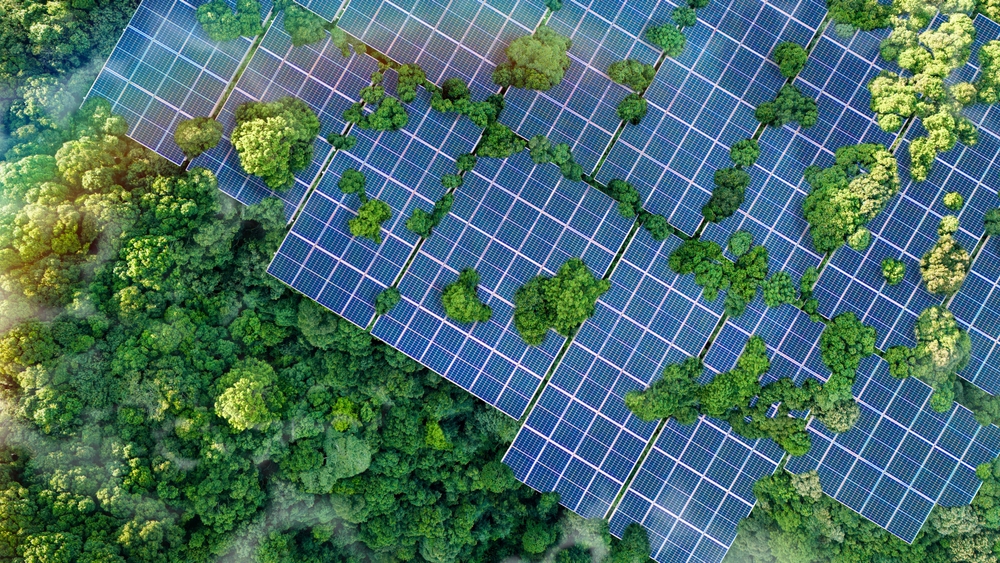
But here’s the big-picture takeaway: we’ve seen these ideas before. What’s new is the momentum and the mounting urgency. We’re not just resurrecting ancient energy wisdom. We’re finally starting to scale it.
From Survival to Sustainability: Where We’re Headed Next
The Green Race is On
What began as survival – using wind, water, and sun because there was nothing else – is now a global sprint toward sustainability. Only now, the stakes are existential.
We’re no longer just trying to cook dinner or irrigate fields. We’re trying to decarbonize entire economies. Renewable energy is at the heart of every climate pledge, corporate roadmap, and “net zero by 2050” target. It’s no longer Plan B. It is the plan.
Governments are rolling out tax credits, subsidies and ambitious mandates. Think the U.S. Inflation Reduction Act, the EU Green Deal, and China’s massive investment in solar manufacturing. Even oil-rich states like Saudi Arabia are hedging their bets with mega solar farms and hydrogen experiments in the desert.
The green energy arms race has begun, only this time, everyone’s racing to slow things down.
Eco-Conscious Living Meets High-Tech Thinking
At the individual level, sustainability has become part of lifestyle branding. Reusable bottles, EVs, compost bins, rooftop solar, and guilt-laced flight bookings are all part of the modern “doing your part” toolkit.
But tech’s taking it further. Smart grids now balance wind and solar across regions in real time. Artificial intelligence is optimizing energy efficiency in everything from home heating to national infrastructure. We’re not just going back to the land, we’re layering it with code.
This blend of ancient resourcefulness and cutting-edge technology might just be our best shot at building a truly sustainable system. Not one that depends on scarcity and sacrifice, but one that’s smart, scalable, and even desirable.
The Full Circle Moment
So here we are, centuries after Persians caught the wind in clay-and-reed turbines, and decades after solar steam tried (and failed) to beat coal to the punch. We’ve come full circle, but with better materials, deeper urgency, and a global community finally tuned into the consequences of business as usual.
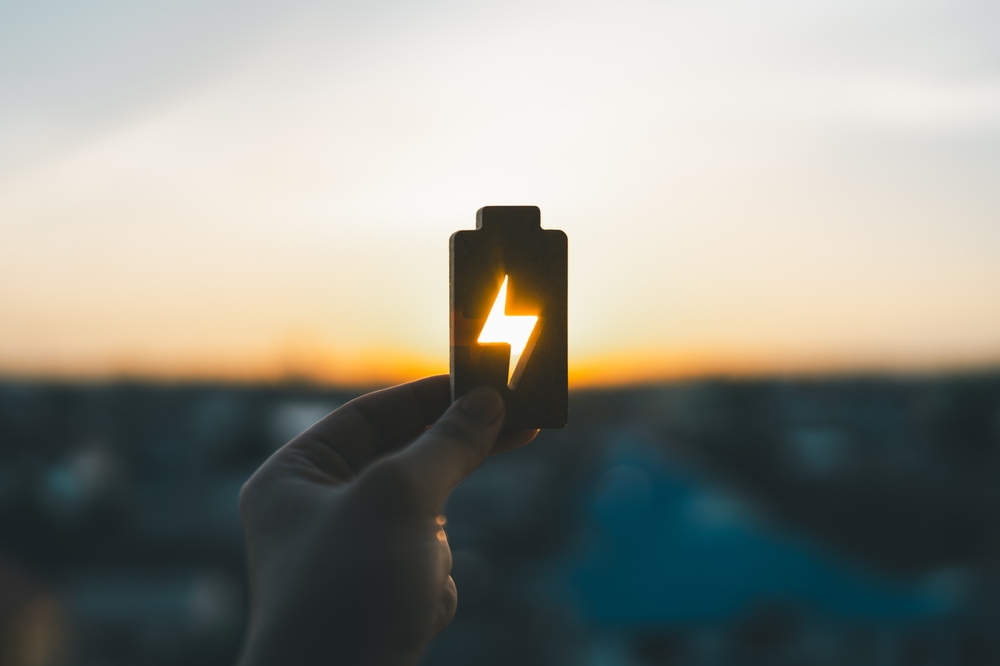
It’s tempting to view renewable energy as a modern marvel. In truth, it’s an ancient instinct, updated for a planet in crisis. We’ve always known how to live within nature’s limits. The difference now? We’ve run out of excuses not to.
The Future of Energy
Renewable energy might sound like the poster child of modern innovation, but as we’ve seen, it’s really an ancient idea dressed in new tech. From Persian windmills and Roman water wheels to solar steam engines that almost beat coal to the punch, our ancestors were quietly hacking sustainability before we even knew how important it was.
What’s changed isn’t the source – the sun still shines, the wind still blows, rivers still flow. What’s changed is our ability to harness these forces at scale, guided by urgency, science and frankly, a lot of late-stage climate anxiety. We’re not inventing a green future from scratch. We’re remembering one, and upgrading it.
As energy gets smarter, cleaner and more deeply woven into our daily lives, we’re finally starting to treat sustainability not as a sacrifice, but as strategy. And maybe, that strategy has been hiding in plain sight all along – in the quiet spin of an old windmill, or the glint of sun off a simple pane of glass.
The future of energy isn’t just renewable. Its ancestral. And it’s time we stopped calling it “alternative” because it’s always been part of the plan.

